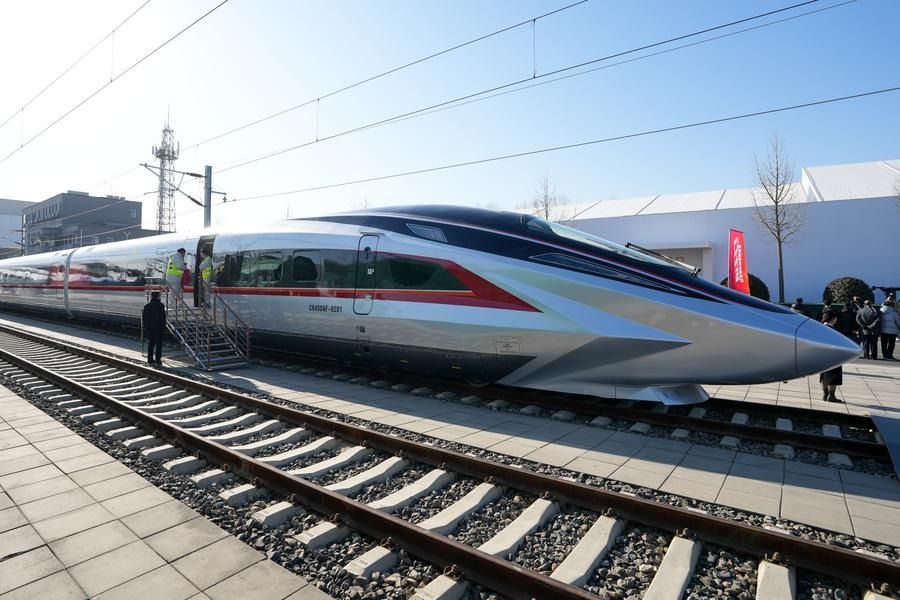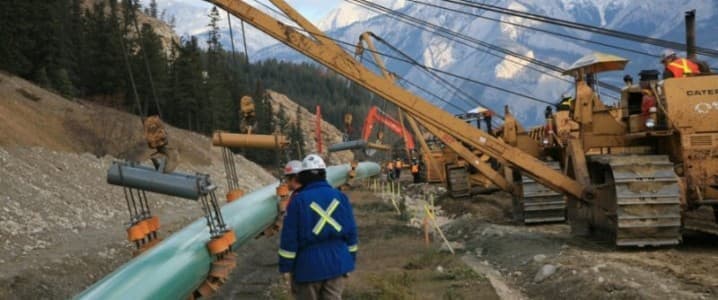Amazon's Shocking Future: Is the E-Commerce Giant Replacing 500,000 Jobs with Robots?

Imagine walking into a store filled with robots, where human employees are a rarity rather than the norm. This isn’t a scene from a sci-fi movie; it’s the potential future of Amazon, as revealed in a startling report from the New York Times. The tech behemoth, under Jeff Bezos’s watchful eye, is gearing up for a radical transformation that could see more than half a million jobs replaced by automation.
In just a few years, Amazon has escalated its US workforce to a staggering 1.2 million employees. But here's the kicker: the company’s automation team believes it can sidestep the need to hire over 160,000 more workers by 2027. This shift towards robotic automation is projected to save the company around 30 cents per item processed. In monetary terms, we’re talking about a jaw-dropping $12.6 billion in operational costs that could be slashed between 2025 and 2027.
According to internal discussions shared with Amazon's board last year, this move towards automation is part of a broader strategy to flatten the hiring curve even while sales are expected to double by 2033. The implication? Amazon might not need to onboard an additional 600,000 employees.
But Amazon isn't just pulling the plug on human jobs without a plan. The company intends to construct warehouses that require fewer human workers, all designed for super-speedy deliveries. The vision is to automate a staggering 75% of its operations, a massive leap for the e-commerce giant.
In response to the report, Amazon issued a statement insisting that the documents reviewed by the NYT were incomplete. Kelly Nantel, an Amazon spokesperson, emphasized that these documents represented only one perspective and reassured the public that the company plans to hire 250,000 seasonal employees for the holiday rush. Yet, the specifics regarding permanent positions remain unclear.
Internal documents from the past year also show Amazon’s commitment to its automation goals, with plans for a corporate and engineering department exceeding 3,000 staff dedicated to refining its robotic systems.
Udit Madan, head of global operations at Amazon, expressed the company’s long-standing commitment to using automation savings to create new job opportunities, particularly in rural areas with new delivery depots. He noted, “Having efficiency in one part of the business doesn’t tell the whole story for the total impact it might have.”
Amazon's venture into robotics isn’t hypothetical; it’s already happening. Their cutting-edge warehouse in Shreveport, Louisiana, is a testament to what's coming. This facility, once operational, cut its workforce by 25% by deploying around 1,000 robots. The facility illustrates how automation can drastically reshape workforce dynamics.
As the company gears up for a more robotic future, it anticipates employing significantly fewer workers than it would without these automation efforts. Plans to replicate the Shreveport model across 40 new facilities by 2027 are already in motion, starting with a newly opened site in Virginia Beach, while renovations at older sites, like the one in Stone Mountain, near Atlanta, are also on the agenda. With advances in technology, the question looms: what will the future of work look like at Amazon?


















